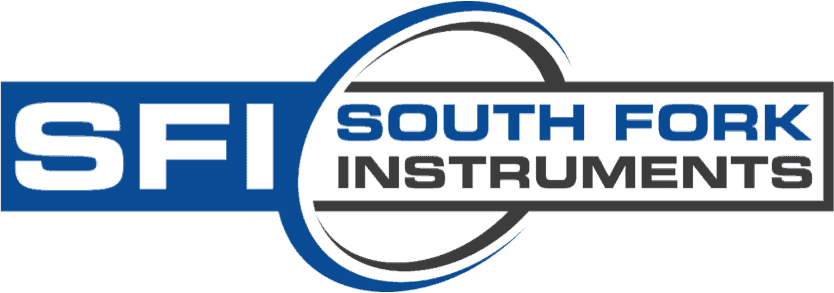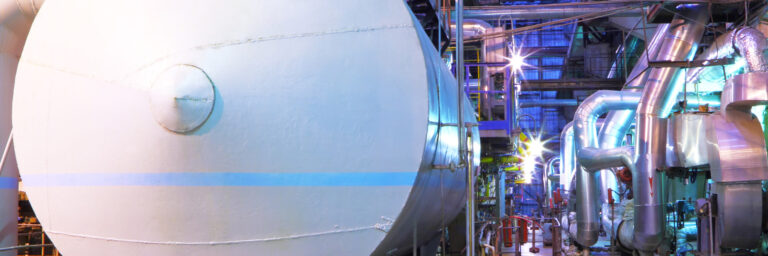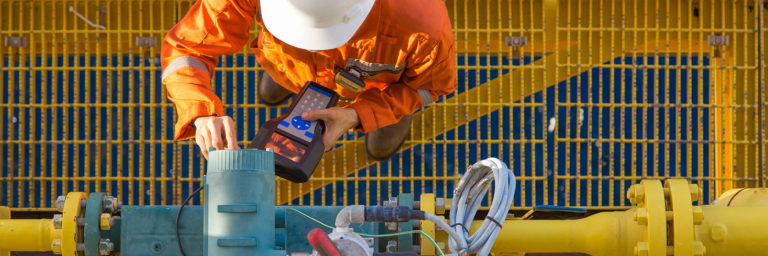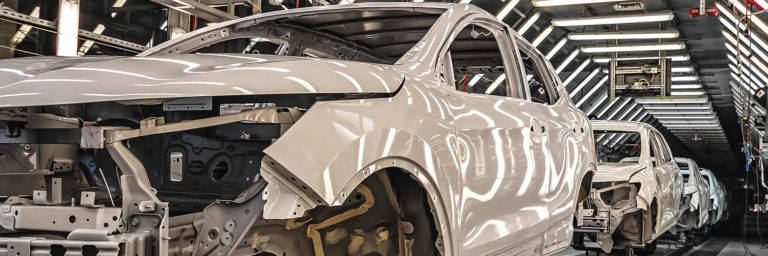Coriolis Flow Meters
Optimizing Cryogenic Hydrogen Measurement with Coriolis Meters
Cryogenic hydrogen holds promise as part of the drive towards a clean and reliable sustainable energy source. Aside from large-scale needs such as cleaner production and better hydrogen infrastructure to realize its widespread adoption, its […]
Read MoreThe Role Of Coriolis Mass Flow Meters In Measuring Hydrogen Flow At High Pressure
When selecting a flow meter for H2 dispensing and distribution, it must be resilient to thermal shock and pressure cycling. High-pressure flow measurement applications come with a whole series of challenges — and it doesn’t […]
Read MoreDo Bubbles Matter When Measuring With Coriolis Meters?
I’m often asked whether Coriolis meters can measure mixed gas/liquid streams accurately. Unfortunately, the answer is not a simple yes or no. This is due to the volume of published material that offers information regarding […]
Read MoreCompact Coriolis Flow Meters for Paint & Adhesive Coating Metering
Machines for mixing and delivering two-part (or more) chemicals for paint and adhesive coatings in industrial manufacturing plants must be accurate and reliable if the quality of the final product is to be maintained. High […]
Read MoreBitumen Flow Metering in Petroleum Refineries
Bitumen is one of the heaviest and most viscous products produced in refineries. It is created from “vacuum bottoms,” the asphalt-like residue extracted from the bottom of vacuum distillation columns. Bitumen is a long chain […]
Read MoreHigh-Pressure Coriolis Meters for HPHT Chemical Injection Metering
In offshore oil and gas fields, deep water developments are producing high-pressure, high-temperature (HPHT) wells with standard operating conditions that are pushing 20,000 psi (1,378 bar) and 360°F (182°C). In addition, subsea systems are creating […]
Read MoreSOUTH FORK INSTRUMENTS
3845 Buffalo Road
Auburn, CA 95602
Tel: (+1) 925-461-5059







